The Gift of South Dakota
Subscriptions to South Dakota Magazine make great gifts!
Subscribe today — 1 year (6 issues) is just $29!
Eagle Season
Mar 18, 2014
A bald eagle built a nest near the old Meridian Bridge in Yankton two years ago, and then perched on a nearby cottonwood branch and posed for pedestrians, who were at eye level to the big bird when they were on the bridge’s upper deck.
The eagle eventually abandoned that nest. Maybe it was a tad too close to civilization for her comfort. But more eagles than ever are wintering on the open water of the Missouri River in Yankton, and they often glide slowly over the walking bridge that extends into the city’s old downtown.
Eagles were following the Dodo bird to extinction a scant 50 years ago. Illegal hunting, habitat destruction and a poison known as DDT were killing the species. In 1963, only 487 nesting pairs could be found in the United States.
But the Endangered Species Act banned DDT in 1972, and the eagles gradually adapted to a changing prairie landscape. Today, the state Game, Fish & Parks Department estimates that there may be as many as 300 nesting pairs just in South Dakota.
Most South Dakota eagles can be found wintering below the Missouri River dams, where massive old cottonwood trees provide a barky foundation for their large, heavy nests. Open water below the river’s dams provides easy fishing. Eagles also nest in the Black Hills near the Deerfield Reservoir, and it’s not surprising to find them in any part of the state.
Eagles build their nests by mid-February and begin laying eggs in late February. The birds mate for life, and use the same nests from year to year, adding twigs each year. Their nests are among the largest of any North American bird. One big nest measured 13 feet deep by 8 feet wide.
The majestic bald eagle was chosen as our national emblem in 1787, partly because it was native to North America. The fierce appearance of its curved beak, regal white head and piercing eyes were also factors. In the emblem, drawn in 1782, a bald eagle is displayed with an olive branch in one claw and 12 arrows clutched in the other, representing both peace and war.
Benjamin Franklin famously opposed putting the bald eagle on the nation's emblem. He favored the wild turkey, which he claimed was, "A much more respectable bird and a true native of America." He said the turkey was a bird of courage that "would not hesitate to attack a grenadier of the British guards who should presume to invade his farm yard with a red coat on."
It seems Franklin was also put off with the bald eagle's habit of eating carrion. They often steal food from smaller birds by intimidating them into dropping their prey. They also feed on dead fish and crippled birds. "He is a bird of bad moral character," wrote Franklin. "He does not get his living honestly. You may have seen him perched in some dead tree where, too lazy to fish for himself, he watches the labor of the fishing hawk and, when that diligent bird has at length taken a fish and is bearing it to his nest for his young ones, the bald eagle pursues him and takes the fish."
It seems unpatriotic to dredge up Franklin's comments. After all, the eagle is just doing what comes naturally. Go eagle watching this spring and you will instantly be reminded of why our founding fathers chose this regal bird to represent our nation. Your best chance to see some soaring is to visit the Missouri below the dams at Yankton, Pickstown, Fort Thompson and Pierre. In Yankton, a few eagles can often be found in the big trees that lie south of Riverside ballpark.


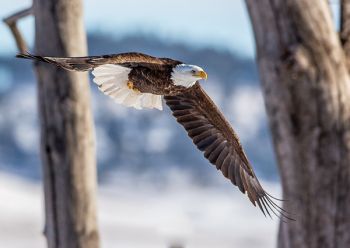
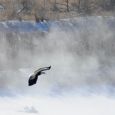
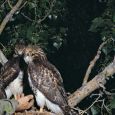
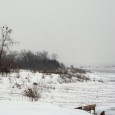
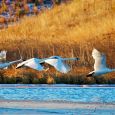
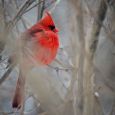
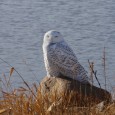


Comments